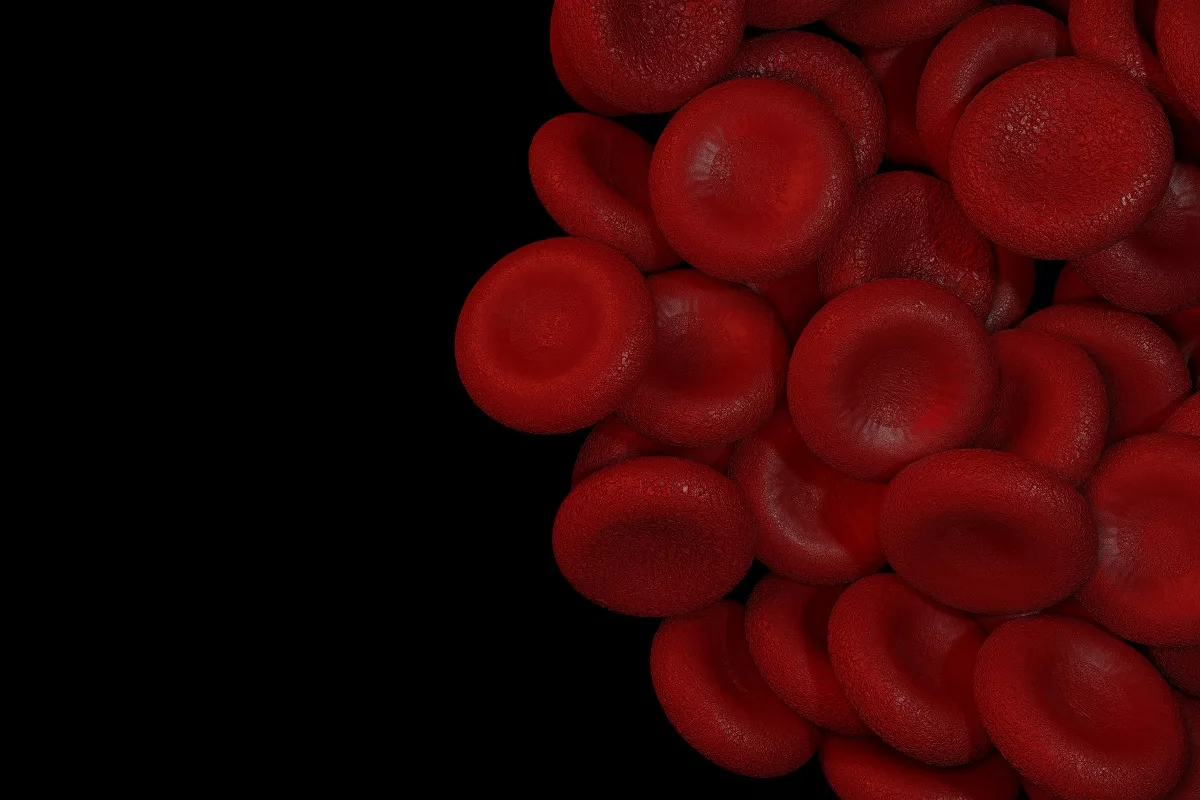A common complication of sickle cell disease that causes moderate to severe pain is called a sickle cell crisis. It often occurs when sickled cells build up in blood vessels, causing blockages. As a result, oxygen-rich blood cannot flow properly to reach tissues and organs in the body. While in mild cases, home remedies may help, in severe cases, people are often hospitalized.
Types of Sickle Cell Crisis
Healthcare professionals have divided this complication into 4 types. For example:
- Vaso-occlusive crisis – It often appears when the sickled cells block the capillaries and other small blood vessels, causing reduced blood flow to different structures and organs in the body. This is the most common type of this complication.
- Aplastic crisis – In such cases, the bone marrow no longer produces red blood cells.
- Hyperhymolytic crisis – When people develop this type of sickle cell crisis, the hemoglobin levels drop suddenly. It often occurs after a blood transfusion, which is a common treatment for people with sickle cell disease.
- Splenic sequestration – This type occurs when sickled cells are stuck in the spleen and cause painful swelling.
Symptoms
The symptoms are often different in people who develop this complication. It depends on the part of the body that is affected, overall health, and other factors. These include:
- Extreme tiredness (fatigue)
- Headaches
- Jaundice (yellowing of the skin and eyes)
- Pain
- Trouble breathing
- Weakness
- Dizziness
The pain caused by this complication can be dull, intense, throbbing, or stabbing. While it may last several hours, sometimes, it may last up to a few weeks. Moreover, pain can occur anywhere in the body, but most commonly it happens in the arms, hands, chest, legs or feet, lower back, and stomach.
Causes
While the primary cause of sickle cell crisis is that sickle-shaped red blood cells build up in the blood vessels, it may be caused due to other factors. Nowadays, healthcare providers do not fully understand what triggers red blood cells to build up. Check below for other causes:
- Stress
- Prolonged strenuous physical activity
- Vitamin deficiencies
- Sudden and extreme temperature changes
- Smoking (including vaping)
- Pregnancy
- Infections
- High altitudes
- Dehydration
What Are The Potential Complications of Sickle Cell Crisis?
People who develop this condition may also experience certain complications. It depends on the severity and location of the blocked blood vessel. Check below some examples:
- Acute chest syndrome
- Blood clots
- Chronic pain
- Leg ulcers
- Spleen conditions (such as an enlarged spleen)
- Liver or lung diseases
- Necrosis (often caused by a lack of blood flow)
- Painful erections (also known as priapism)
- Stroke
- Infections (including meningitis, pneumonia, sepsis, and others)
- Organ damage (such as the kidneys, liver, heart, and others)
- Pulmonary hypertension
- Eye disorders
This article does not have a complete list of sickle cell crisis complications. However, you can talk with your doctor about ways to prevent these complications.
How to Prevent Sickle Cell Crisis?
Usually, it is not possible to prevent this complication. However, the following tips may help reduce the risk. Check below some examples:
- Quit smoking (if you face problems with smoking cessation, discuss it with your physician)
- Limit or avoid alcoholic drinks
- Dress warmly in cold environments
- Stay hydrated
- Administer folic acid because it helps boost red blood cell production
- Regularly wash your hands to prevent infections
Diagnosis
People who develop sickle cell disease should visit their healthcare professionals for routine blood tests. However, if you have a sickle cell crisis, doctors often perform the following tests to confirm the condition. Examples include:
- Complete blood count (CBC)
- Liver function test
- Reticulocyte count
- Blood type test (for people who need a blood transfusion)
- CMP (comprehensive metabolic panel)
Healthcare professionals may also perform a full physical examination and certain imaging tests. These include:
- Doppler ultrasound
- MRI (magnetic resonance imaging) scans
- CT (computed tomography) scans
- Ultrasound
Treatment
Usually, people who have sickle cell crisis experience severe pain, and physicians recommend over-the-counter (OTC) pain relievers, such as Acetaminophen, Ibuprofen, and others. In more severe cases, physicians may recommend intravenous (IV) fluids to prevent dehydration. Generally, treatments for people who develop a sickle cell crisis include medicines, blood transfusions, bone marrow transplants, and other therapies.
Medicines
The following medicines are often prescribed by doctors to manage sickle cell crisis. Examples include:
- Crizanlizumab – This is a monoclonal antibody that helps keep the red blood cells from sticking inside the blood vessel walls.
- Hydroxyurea – A medicine used to make red blood cells more bendable and larger.
- L-glutamine – It is an amino acid used to lessen red blood cell damage.
- Voxelotor – This medicine is used to prevent red blood cells from becoming sickled and sticking together.
Transfusions
Blood transfusions are often recommended for people with aplastic or hyperhemolytic sickle cell crises. It helps replenish the stores of healthy red blood cells and reduces the risk of complications.
Transplants
A stem cell or bone marrow transplant may help cure sickle cell disease in some people. However, it often takes a long time to find a matching donor. Healthcare professionals rarely perform bone marrow transplants because of an increased risk of graft vs. host disease (GvHD). Usually, physicians try to lessen pain and improve your quality of life.
Frequently Asked Questions
How do I take care of myself?
Check below some tips that may help reduce the symptoms of sickle cell crisis:
- Heat – You can apply heat or take a hot bath because it helps widen blood vessels and improve blood circulation. It may also help with muscle pain. Do not use ice packs or stay for long periods in cold temperatures.
- Drink plenty of water – It helps prevent dehydration and the sticking together of the red blood cells.
- Massages – It is recommended to get a massage because it may help relieve pain and improve blood circulation.
- Over-the-counter pain relievers – Physicians often recommend Ibuprofen, Acetaminophen, or Naproxen sodium.
When should I go to the ER for a sickle cell crisis?
Immediately call 911 or go to the nearest emergency room (ER) if you develop sudden, severe pain that does not improve with medicines. Immediate treatment may help prevent life-threatening complications.
What triggers a sickle cell pain crisis?
These include:
- Extreme cold
- Dehydration
- Inflammation
- Infection
- Low oxygen levels in the blood
- Stress
- Infections
Ask your healthcare professional if you have additional questions.




